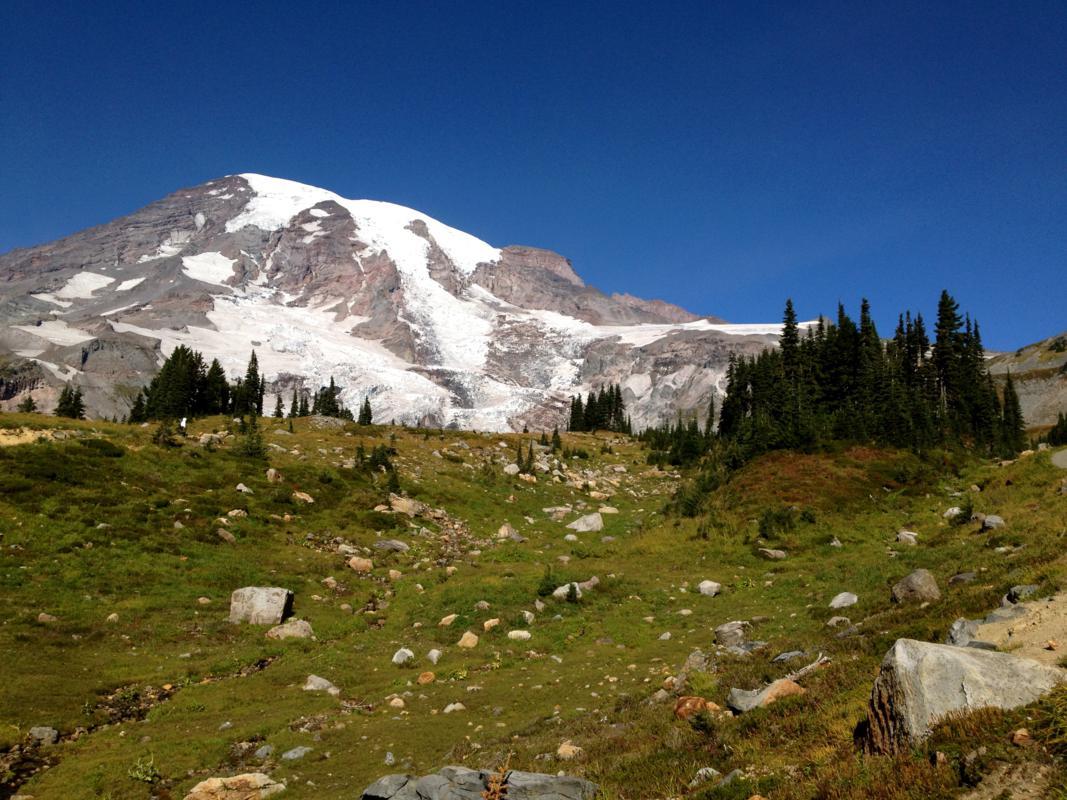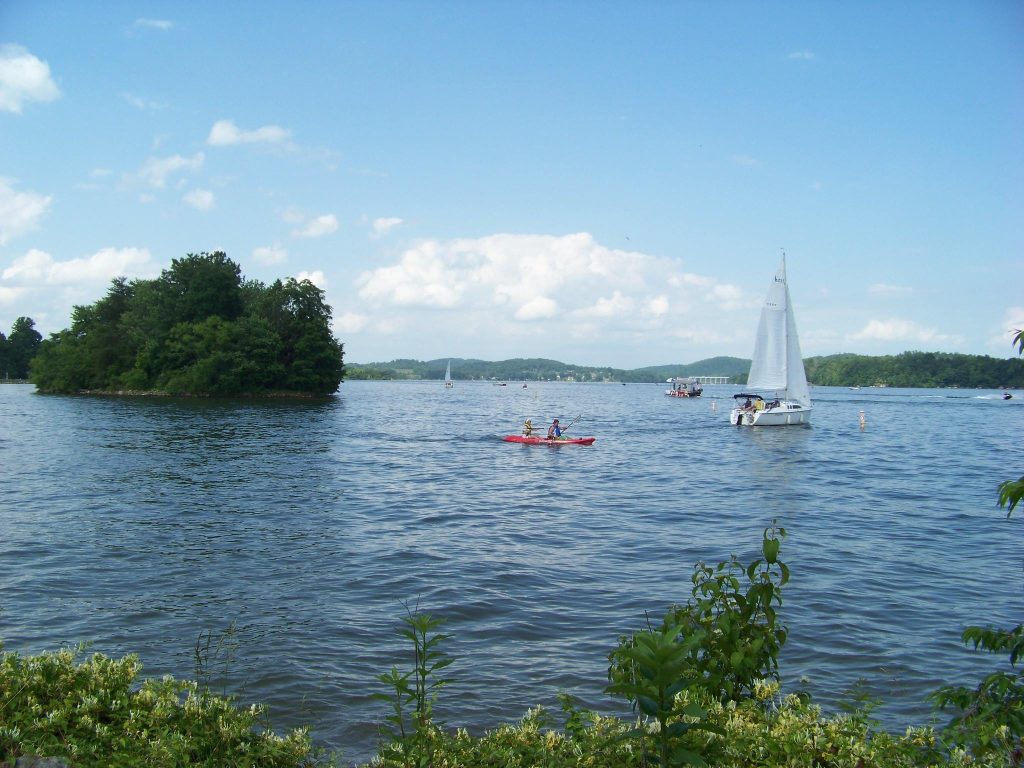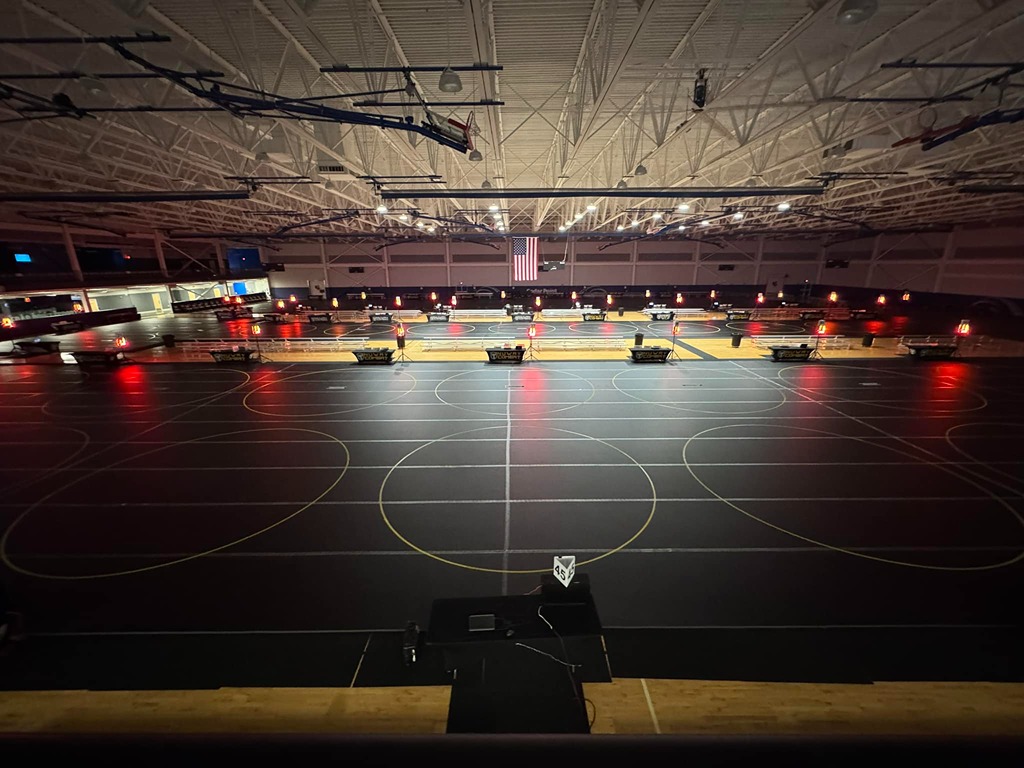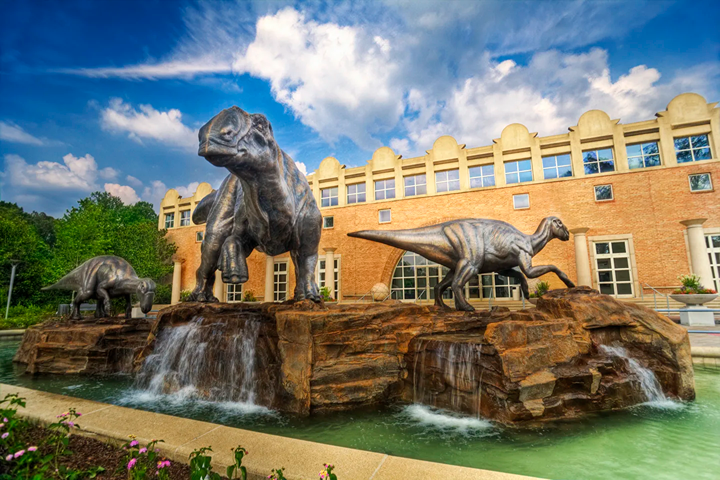With a diverse geographical landscape ranging from dense rainforests to arid deserts, Washington is a destination site for lovers of the great outdoors, regardless of their climate preference.
The Evergreen State contains six distinct regions, with the Cascade Mountains dividing the state into two areas: western Washington, featuring a strong oceanic climate and a diversity of habitats, and eastern Washington, which is characterized by a much drier, cooler climate.
Both sides of the state are renowned for their natural allure. Here are some locales across the state that will make great add-ons or backdrops to your tournaments.
Anacortes
About 90 miles north of Seattle resides Anacortes, a small city located on Fidalgo Island. Anacortes offers access to the San Juan Islands and is acclaimed for its outdoor activities that include kayaking, sailing, boating, birding, fishing, crabbing, hiking and biking. The city is also a superb location to spot a variety of whales, including orca, humpback and gray whales.
Channeled Scablands
One of the seven wonders of Washington state, this barren desert, which extends from the area around Spokane, is made up of peculiar rock formations, deep ravines, and towering dry waterfalls. These lands were created after a series of floods during the last ice age 10,000 to 20,000 years ago, repeatedly drained and swept across the area. Residing in the central scablands is Dry Falls, a 3.5-mile wide barren waterfall with a drop of 400 feet – 10 times the size of Niagara Falls – that was once the largest waterfall in the world.
Columbia Gorge National Scenic Area
Carved by Ice Age floods 1,200 feet deep, the Columbia Gorge is a unique feature of the Pacific Northwest landscape. With cliffs and overlooks of Washington to the north and Oregon’s mountains and waterfalls to the south, the gorge offers incredible views from all angles. Located in the gorge is Beacon Rock State Park, which covers 5,100 acres and is home to Beacon Rock, an 848-foot basalt volcanic plug that is one of the largest monoliths in the world.
Mount Rainier National Park
Ascending to 14,410 feet above sea level, Mount Rainier stands as a majestic vision on the Washington landscape. An active volcano, Mount Rainier is the most glaciated peak in the contiguous United States as it contains 26 glaciers which total some 35 square miles. Within the park boundaries, visitors can find temperate rain forests, alpine meadows, rocky tundra, forested valleys, glaciers, hot springs, lakes rivers and wildflowers. The park encompasses 236,381 acres including all of Mount Rainier.
Mount St. Helens National Volcanic Monument
Mount St. Helens continues to recover from its 1980 eruption that transformed one of the country’s most arresting peaks into a scarred landscape of fallen trees and fields of ash. The 110,000-acre National Volcanic Monument resides between Portland and Seattle and its environment continues to recover from the massive disturbance. Visitors who want to see Mount St. Helens from a close vantage point can drive to Windy Ridge, four miles northeast of the crater. There, the public can witness the remnants of the volcano’s destruction as well as therecovery of the land as revegetation unfolds and wildlife frolics.
North Cascades National Park Complex
Comprised of one national park and two national recreation areas, this rugged and remote region that spans the border between Washington and British Columbia features numerous peaks and glaciers for explorers to peruse. Visitors can hike backcountry routes and explore jagged peaks crowned by more than 300 glaciers. The complex also sports tranquil waters, forested valleys and is home to a diverse array of plants and animals.
Olympia
Explorers can travel by land or boat to Olympia’s waterfront. The capital of Washington, 60 miles southwest of Seattle, Olympia enables visitors to observe boat launches or take a walk on East Bay Trail to eyeball local birds. The area’s viewing tower provides 360-degree views of the seaport, Olympic Mountains, Capital Lake and Mount Rainier. Guests can also explore a natural resource at Billy Frank Jr. Nisqually National Wildlife Refuge, which is located where the Nisqually River meets Puget Sound, creating a biologically-rich and diverse habitat. The refuge has been designated as a National Natural Landmark, due to its significance as a coastal salt marsh. Olympia is also home to Tumwater Falls Park, which houses a one-half mile scenic loop that features three cascading waterfalls. Built in 1906, the park is also the locale of an assortment of native plants and the Washington Salish Native Plant Garden, which contains more than 56 indigenous plant species.
Olympic National Park
Encompassing nearly a million acres, Olympic National Park contains a multitude of ecosystems, including glacier-capped mountains, rain forests and miles of wild coastline. Within the park are three distinct ecosystems: wildflower meadows, temperate rain forests (featuring the Hoh Rain Forest, one of the largest temperate rain forests in the United States) and the Pacific Shore (a 60-mile rugged sandy beach containing unbroken stretches of wilderness ranging from 10 to 20 miles). Because of the park’s relatively unspoiled condition and outstanding scenery, the United Nations has declared Olympic both an international biosphere reserve and a World Heritage site.
Palouse Falls State Park
Located about 103 miles south of Spokane in eastern Washington, Palouse Falls is among the last active waterfalls on the Ice Age floods path. This 105-acre camping park offers a view of one of the state’s more stunning waterfalls, Palouse Falls, which drops from a height of almost 200 feet.
San Juan Islands
Four islands (San Juan, Orcas, Lopez and Shaw), located in the northwest corner of the United States between the U.S. mainland and Vancouver Island, are accessible by passenger ferry. These islands provide visitors with a magnificent view of forested mountains rising above the waters of the Puget Sound and offer sea kayaking and whale watching options on the Sound. Guests can also hike across the islands’ stunning shorelines, visit seaside towns or visit old-growth forests.






